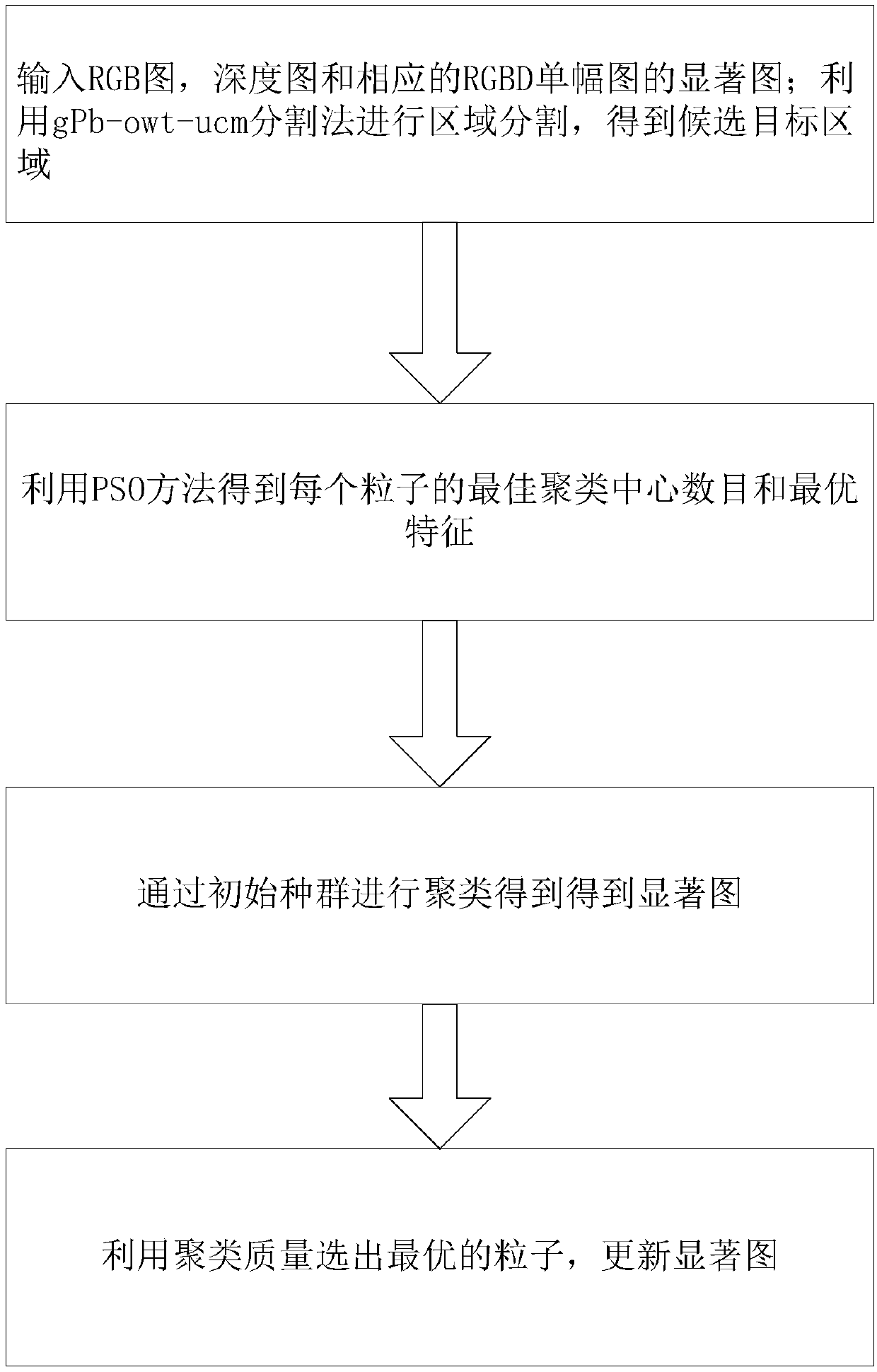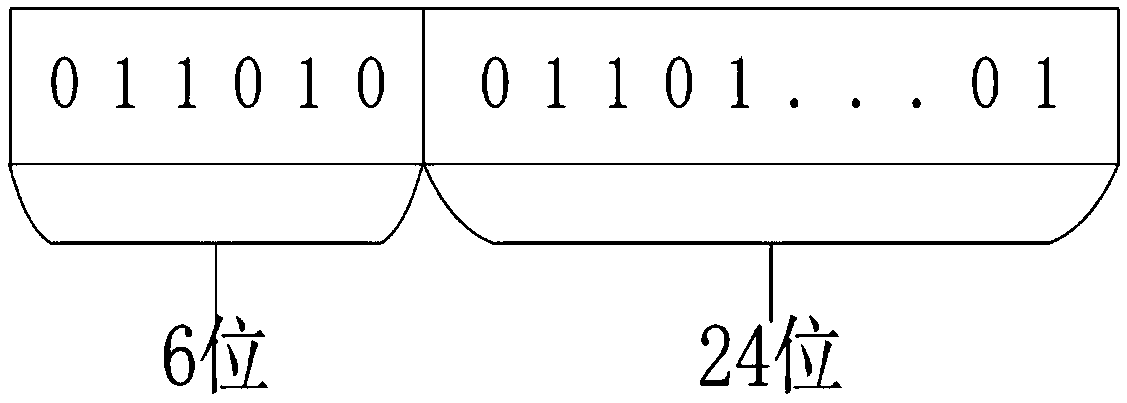A PSO-based cooperative salient target detection method of an RGBD graph
A target detection and salience technology, applied in the field of computer vision, can solve problems such as insufficient detection effectiveness
- Summary
- Abstract
- Description
- Claims
- Application Information
AI Technical Summary
Problems solved by technology
Method used
Image
Examples
Embodiment 1
[0034] see Figure 1-2 : the present embodiment a kind of synergistic salient object detection method based on the RGBD figure of PSO, this method comprises the following steps:
[0035] S1, input the RGB image, the depth image and the salient image of the corresponding RGBD single image; utilize the gPb-owt-ucm segmentation method to perform regional segmentation to obtain the candidate target area; the specific process of the step S1 is: generate the candidate target area, and give Set a group of RGBD pictures We first generate an initial saliency map based on the RGBD single image saliency method, and then use the gPb-owt-ucm segmentation method to perform superpixel segmentation on the original RGB image, and divide it into Q regions; each region is defined as And the saliency value of each region is the average value of the saliency values of all pixels in the region; finally, by setting a threshold T, those superpixels whose saliency value is greater than T are sele...
Embodiment 2
[0044] A kind of synergistic salient object detection method based on PSO RGBD graph of this embodiment, its method is basically the same as embodiment 1, the main difference is: the maximum number of iterations we set as 40-60 times according to experimental experience, the most The optimal maximum number of iterations is 50.
[0045] Experimental detection: Through the collaborative significance detection with other methods on the public data set, the PR curve of the detection result is compared as Figure 4 As shown, the evaluation index histogram is compared as Figure 5 It can be seen that our method has achieved good detection results, which fully demonstrates the effectiveness and universality of this method.
PUM
 Login to View More
Login to View More Abstract
Description
Claims
Application Information
 Login to View More
Login to View More - R&D
- Intellectual Property
- Life Sciences
- Materials
- Tech Scout
- Unparalleled Data Quality
- Higher Quality Content
- 60% Fewer Hallucinations
Browse by: Latest US Patents, China's latest patents, Technical Efficacy Thesaurus, Application Domain, Technology Topic, Popular Technical Reports.
© 2025 PatSnap. All rights reserved.Legal|Privacy policy|Modern Slavery Act Transparency Statement|Sitemap|About US| Contact US: help@patsnap.com



